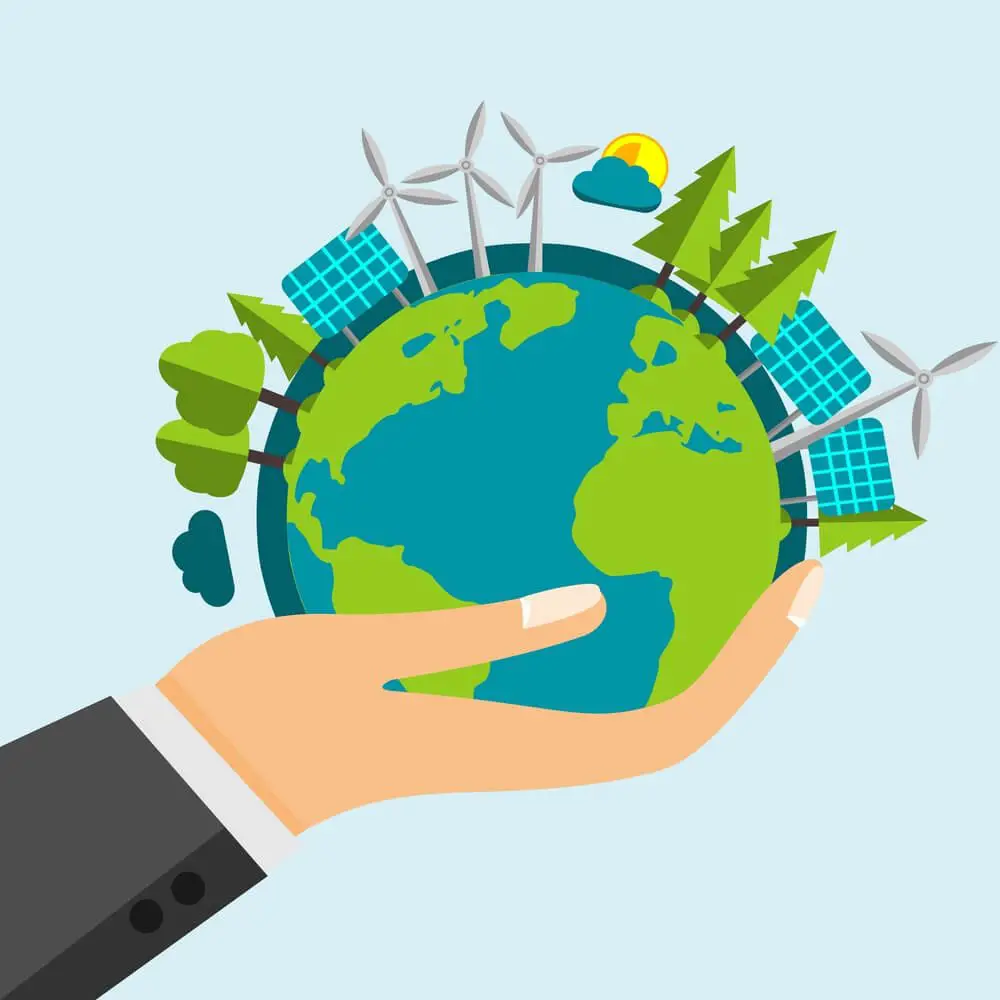Exporting renewable energy is the next big thing, and it will provide many benefits to both the people and the planet.
Whilst renewable energy export hasn’t happened yet, Australia is looking on the bright side.
Their recent developments show their potential to become a renewable energy powerhouse.
Let’s take a look to find out whether exporting renewable energy is possible. But first, we need to understand what renewable energy is.
What is renewable energy?
Renewable energy is sustainable energy! It is energy that comes from sources which cannot be depleted when used.
Solar energy, wind power, and hydrogen are all examples of renewable energy.
These sources of energy are commonly used as an alternative to non-sustainable sources of energy like coal.
Can you export renewable energy?
There is potential to export renewable energy, however no country has ventured into this export industry yet.
But, Australia plans to change this by 2030.
Renewable energy export is dependent on one basic molecule- hydrogen.
The Japanese Prime Minister, Shinzo Abe, strongly believes that “hydrogen is the energy of the future”.
The Australian Renewable Energy Agency (ARENA) has already listed exporting renewable energy as one of their top four priorities.
How do you export renewable energy?
Purified water needs to be split into hydrogen and oxygen.
This separation can be done through electrolysis, an electric current.
Electrolysis needs to be powered by wind, solar, or tidal energy to make sure the energy transported is renewable.
Hydrogen is the vehicle for storing this energy.
It can be used locally as fuel for cars or fuel cells that create stationary electricity in locations without power access.
To export the energy, it needs to be converted into a transportable form like ammonia.
Ammonia is made of hydrogen and is an essential ingredient in industrial fertilizers.
These fertilizers are one of the world’s most popular traded chemical commodities.
Producing hydrogen with renewable sources cuts down the fertilizer supply chain emissions.
Hydrogen can be transported through ammonia and used as an end product.
Ammonia can transport higher hydrogen densities than liquid hydrogen. Making it an excellent vehicle to transport renewable energy.
Another renewable energy export is synthetic natural gas.
Gasifying agricultural waste products can produce it. Synthetic natural gas can be converted to methane.
Solar energy also has the potential to be exported through undersea cables.
Countries like Singapore will benefit from this.
The sugar industry in Australia is looking to produce biodiesel.
The biodiesel will be created through hydrothermal liquefaction of sugarcane waste.
At the same time, Western Australia is growing mallee eucalypts and converting it to biofuel.
The biofuel is created by replacing biochar from the refining process to the soil.
This biorefinery process produces exportable fuel that has negative emissions.
Can renewable energy be traded?
Yes, renewable energy can be traded through renewable energy credits.
Renewable energy credits are intangible commodities.
They serve as proof that 1 MWh of electricity was produced from renewable energy sources.
The credit shows that this electricity was included in the shared system of power lines that transport energy.
What are the benefits of exporting renewable energy?
Exporting renewable energy provides endless benefits for countries involved and the environment.
Below are some of the many benefits of this potential export industry.
- Aids countries exporting renewable energy to diversify their economy.
- Fosters closer political ties between countries.
- Promotes a healthy environment and a healthy and stable economy.
- Creates thousands of jobs in the renewable energy export industry.
- Reduces domestic carbon pollution.
- Open the way for export opportunities.
- Decrease the cost of electricity.
- Countries no longer have to be over-dependent on gas imports.
- Renewable energy is much cheaper than energy created by fossil fuels.
What are the challenges of exporting renewable energy?
Exporting renewable energy is faced with some challenges. We will explore these below.
- There is an issue in separating the hydrogen from the ammonia at its destination. This is important so that hydrogen can be used for power.
- Covid-19 has backtracked the implementation of projects.
- The infrastructure to export renewable energy requires high investment costs.
Conclusion
Renewable energy export is the future! And Australia is leading the pack. Recent developments back their ambitious ideas.
Exporting renewable energy is sustainable and cost-effective!
We hope that we have answered your question. And provided insight into what renewable energy export is all about.





